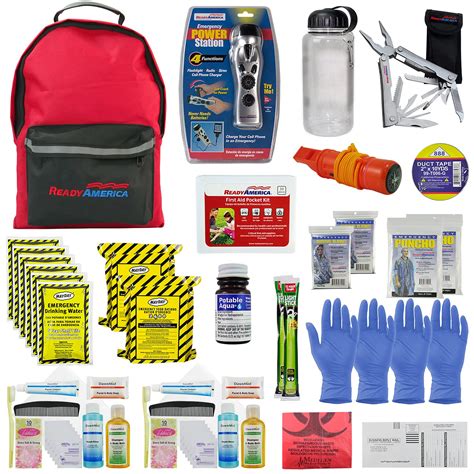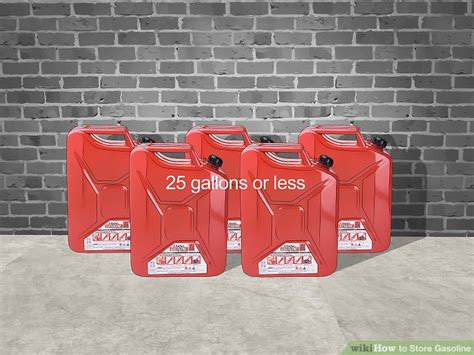Why Proper Gasoline Storage Matters
Gasoline is a highly flammable and volatile substance, making its proper storage paramount for safety. Whether you’re keeping fuel for lawnmowers, generators, or emergency preparedness, understanding the best practices can prevent accidents, preserve fuel quality, and ensure you have a reliable supply when needed. Improper storage can lead to fires, explosions, harmful fumes, and environmental contamination.
Choosing the Right Containers
The first step in safe gasoline storage is selecting appropriate containers. Not just any container will do; they must be specifically designed and approved for fuel storage.
Approved Standards
Always use containers approved by recognized safety standards, such as those from Underwriters Laboratories (UL) or meeting Department of Transportation (DOT) regulations. These containers are typically red, clearly labeled for gasoline, and feature specific safety mechanisms like flame arrestors and secure caps to prevent spills and ignition.
Material Considerations
- Plastic Cans: Most common and lightweight. Modern plastic cans are designed to be durable and resistant to fuel degradation. They often feature pour spouts for easier, safer dispensing.
- Metal Cans: Historically preferred, metal cans offer excellent durability and are less prone to static electricity buildup than some plastics. However, they can be heavier and may rust over time if not properly maintained.
Size and Handling
Choose a container size that is manageable and appropriate for your needs. Avoid excessively large containers if you only need a small amount of fuel, as they can be difficult to lift and pour. Remember, the larger the volume, the greater the potential hazard in case of an accident.
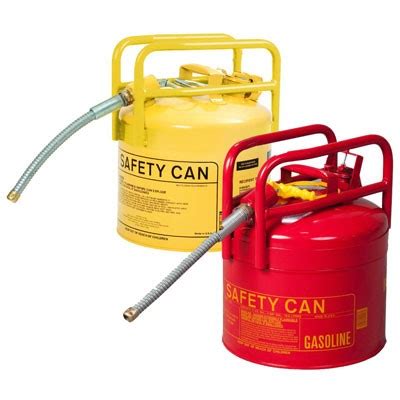
Selecting the Ideal Storage Location
Where you store your gasoline is just as critical as the container itself. A safe storage location minimizes risks and helps maintain fuel integrity.
Ventilation and Temperature
Store gasoline in a well-ventilated area, preferably outdoors in a shed or detached garage, away from living spaces. Good ventilation prevents the buildup of flammable vapors. Keep containers away from direct sunlight and heat sources, as elevated temperatures can increase vapor pressure and fire risk. An ideal temperature range is below 80°F (27°C).
Distance from Ignition Sources
Ensure the storage area is far from any potential ignition sources, including water heaters, furnaces, pilot lights, electric motors, power tools, and any open flames or sparks. Static electricity can also be an ignition source, so avoid handling gasoline near anything that could generate a spark.
Security
Always store gasoline containers out of reach of children and pets. Lock storage areas if possible to prevent unauthorized access.

Essential Safety Precautions
Beyond containers and location, several safety precautions must be followed during storage and handling.
Labeling
Always ensure gasoline containers are clearly labeled. While most approved containers are distinctly colored and marked, double-check that the label is intact and legible.
Grounding and Bonding
When transferring gasoline, especially from a larger drum or bulk container, it’s vital to bond the receiving container to the source container and ground the system to prevent static electricity sparks. Even with smaller cans, try to keep the nozzle in contact with the receiving tank to minimize static.
Spill Prevention and Cleanup
Handle gasoline carefully to avoid spills. Keep absorbent materials (like kitty litter or sand) and a fire extinguisher rated for Class B (flammable liquids) fires nearby. Clean up any spills immediately and thoroughly, ventilating the area well.
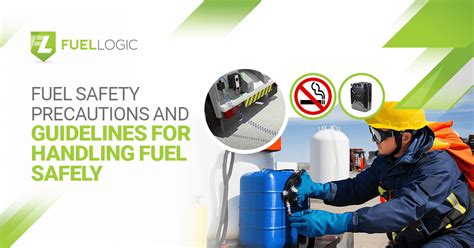
Understanding Gasoline Shelf Life and Stabilization
Gasoline doesn’t last indefinitely. Its quality degrades over time, which can harm engines. Understanding its shelf life and how to extend it is crucial for long-term storage.
Factors Affecting Shelf Life
Regular unleaded gasoline can start to degrade in as little as 3-6 months. Factors like temperature fluctuations, exposure to air (oxygen), and the presence of ethanol accelerate this process. Degradation leads to gum and varnish deposits, which can clog fuel lines and carburetors.
Using Fuel Stabilizers
For any gasoline stored longer than a few weeks, a high-quality fuel stabilizer is highly recommended. These additives prevent oxidation and reduce the formation of deposits, significantly extending the fuel’s shelf life, often up to 1-2 years or more when stored properly.
Rotation and Inspection
Even with stabilizers, it’s a good practice to rotate your fuel supply. Use older fuel first and replenish it with fresh gasoline. Periodically inspect stored fuel for discoloration or a foul odor, which indicate degradation.
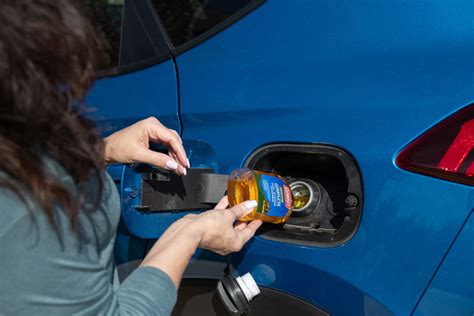
Disposing of Old Gasoline
Never pour old or degraded gasoline down drains or onto the ground. It is a hazardous waste. Contact your local hazardous waste disposal facility or recycling center for proper disposal instructions. Many communities have specific collection events or drop-off points for such materials.
Conclusion
The best way to store gasoline involves a multi-faceted approach focused on safety, proper equipment, and mindful maintenance. By using approved containers, selecting a secure and well-ventilated storage location, adhering to strict safety protocols, and managing fuel freshness with stabilizers, you can safely store gasoline for your needs while minimizing risks to yourself, your property, and the environment. Always prioritize safety and consult local regulations regarding fuel storage limits.
